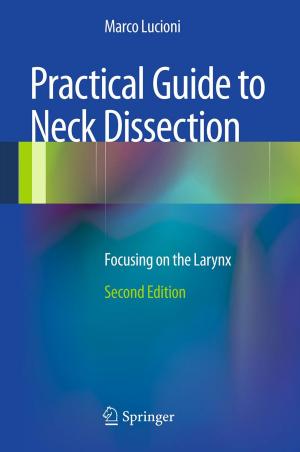Modeling Dose-Response Microarray Data in Early Drug Development Experiments Using R
Order-Restricted Analysis of Microarray Data
Nonfiction, Science & Nature, Mathematics, Statistics, Computers, Application Software| Author: | ISBN: | 9783642240072 | |
| Publisher: | Springer Berlin Heidelberg | Publication: | August 27, 2012 |
| Imprint: | Springer | Language: | English |
| Author: | |
| ISBN: | 9783642240072 |
| Publisher: | Springer Berlin Heidelberg |
| Publication: | August 27, 2012 |
| Imprint: | Springer |
| Language: | English |
This book focuses on the analysis of dose-response microarray data in pharmaceutical settings, the goal being to cover this important topic for early drug development experiments and to provide user-friendly R packages that can be used to analyze this data. It is intended for biostatisticians and bioinformaticians in the pharmaceutical industry, biologists, and biostatistics/bioinformatics graduate students.
Part I of the book is an introduction, in which we discuss the dose-response setting and the problem of estimating normal means under order restrictions. In particular, we discuss the pooled-adjacent-violator (PAV) algorithm and isotonic regression, as well as inference under order restrictions and non-linear parametric models, which are used in the second part of the book.
Part II is the core of the book, in which we focus on the analysis of dose-response microarray data. Methodological topics discussed include:
• Multiplicity adjustment
• Test statistics and procedures for the analysis of dose-response microarray data
• Resampling-based inference and use of the SAM method for small-variance genes in the data
• Identification and classification of dose-response curve shapes
• Clustering of order-restricted (but not necessarily monotone) dose-response profiles
• Gene set analysis to facilitate the interpretation of microarray results
• Hierarchical Bayesian models and Bayesian variable selection
• Non-linear models for dose-response microarray data
• Multiple contrast tests
• Multiple confidence intervals for selected parameters adjusted for the false coverage-statement rate
All methodological issues in the book are illustrated using real-world examples of dose-response microarray datasets from early drug development experiments.
This book focuses on the analysis of dose-response microarray data in pharmaceutical settings, the goal being to cover this important topic for early drug development experiments and to provide user-friendly R packages that can be used to analyze this data. It is intended for biostatisticians and bioinformaticians in the pharmaceutical industry, biologists, and biostatistics/bioinformatics graduate students.
Part I of the book is an introduction, in which we discuss the dose-response setting and the problem of estimating normal means under order restrictions. In particular, we discuss the pooled-adjacent-violator (PAV) algorithm and isotonic regression, as well as inference under order restrictions and non-linear parametric models, which are used in the second part of the book.
Part II is the core of the book, in which we focus on the analysis of dose-response microarray data. Methodological topics discussed include:
• Multiplicity adjustment
• Test statistics and procedures for the analysis of dose-response microarray data
• Resampling-based inference and use of the SAM method for small-variance genes in the data
• Identification and classification of dose-response curve shapes
• Clustering of order-restricted (but not necessarily monotone) dose-response profiles
• Gene set analysis to facilitate the interpretation of microarray results
• Hierarchical Bayesian models and Bayesian variable selection
• Non-linear models for dose-response microarray data
• Multiple contrast tests
• Multiple confidence intervals for selected parameters adjusted for the false coverage-statement rate
All methodological issues in the book are illustrated using real-world examples of dose-response microarray datasets from early drug development experiments.















